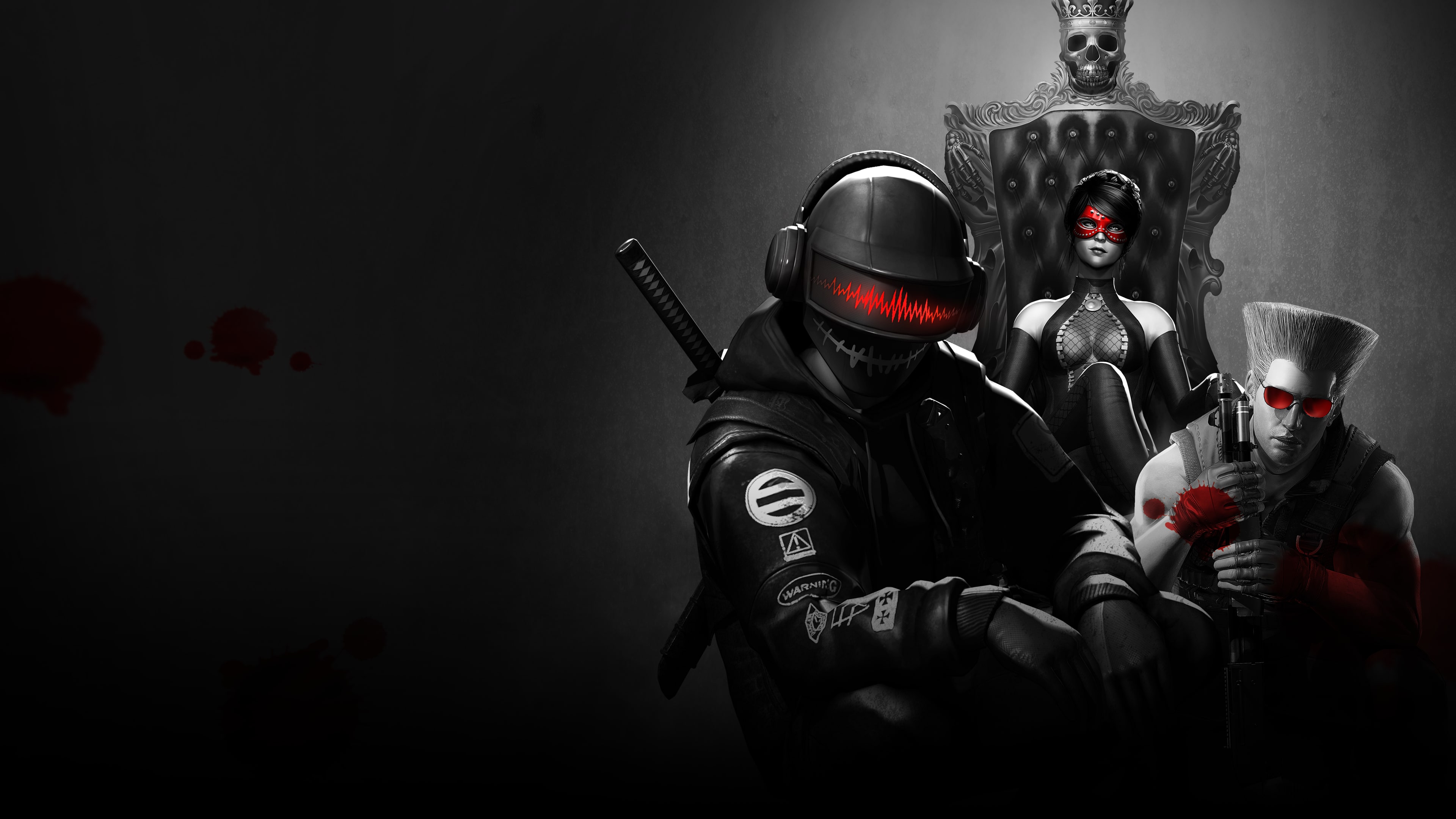

These events became extremely popular and successful, as they generated plenty of hype for the game.įortnite continues to host virtual concerts that feature world-class performers like Steve Aoki and Diplo.įortnite also regularly collaborates with movie franchises like John Wick and Suicide Squad by releasing exclusive skins and in-game challenges. V bucks also allowed them to generate revenue as instantly, even if the play does not spend their v bucks for months into the future. Many reasons to keep paying – Fortnite generated billions of dollars in revenue from the sales of their in-game currency (V-Bucks), which is used to access seasonal Battle Passes and purchase exclusive items from the store.
 Charge for the right feature – It was smart allowing people to play for free and get hooked on the game but then charge the “nice to have”, “addictive” and “statement”, features. The power of FREE – Fortnite took over the market after acquiring more than a million players within a year because of the “free-to-play” business model.
Charge for the right feature – It was smart allowing people to play for free and get hooked on the game but then charge the “nice to have”, “addictive” and “statement”, features. The power of FREE – Fortnite took over the market after acquiring more than a million players within a year because of the “free-to-play” business model.  Creating features like no other – Epic Games further tweaked their product (Fortnite: Battle Royale) by including additional features that instantly made their product more appealing than market leader PUBG. Same product, different market – Adapted their existing product (Fortnite: Battle Royale) for a different market that already had a major competitor (PUBG) leading that space. Minimum Viable Product – Developed and released a product (Fortnite: Save the World) into a niche genre with low competition, only to achieve moderate success. PUBG followed a similar strategy in 2018 by introducing their own versions of microtransactions and battle pass (Elite Royale Pass). This strategy worked so well for Fortnite, as they were able to generate $1.8 billion in 2019.
Creating features like no other – Epic Games further tweaked their product (Fortnite: Battle Royale) by including additional features that instantly made their product more appealing than market leader PUBG. Same product, different market – Adapted their existing product (Fortnite: Battle Royale) for a different market that already had a major competitor (PUBG) leading that space. Minimum Viable Product – Developed and released a product (Fortnite: Save the World) into a niche genre with low competition, only to achieve moderate success. PUBG followed a similar strategy in 2018 by introducing their own versions of microtransactions and battle pass (Elite Royale Pass). This strategy worked so well for Fortnite, as they were able to generate $1.8 billion in 2019. 
Players also spend money to purchase rare and unique skins in the item shop so they can look cool on the battlefield.








 0 kommentar(er)
0 kommentar(er)
